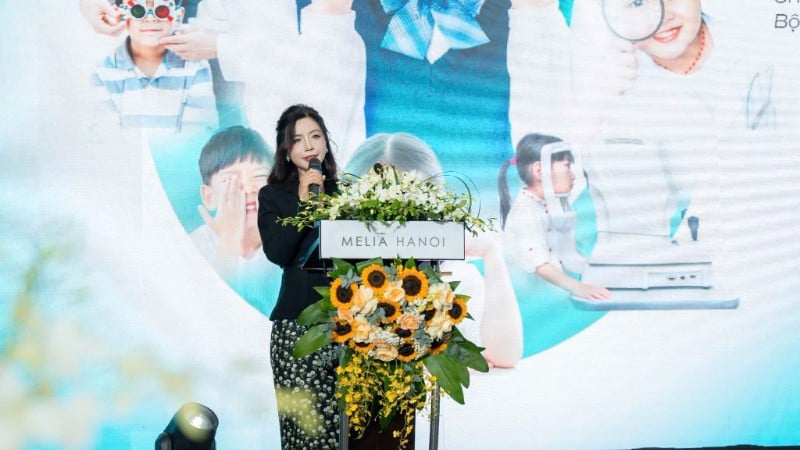
On August 26 in Hanoi, the Department of Ophthalmology and Refractive Ophthalmology (Hanoi Medical University) in collaboration with Dong Do Hospital organized a scientific conference with the theme "Children's eye care - From theory to practice".
According to 2024 statistics of the Vietnam Ophthalmology Council, our country has about 5 million children, accounting for 30-40% of school-age children with refractive errors (nearsightedness, farsightedness, astigmatism), of which myopia accounts for the majority.
This rate is higher in big cities like Hanoi and Ho Chi Minh City, where more than 50% of children are affected by refractive errors due to improper study habits and excessive and prolonged use of electronic devices.

With more than 20 years of experience in ophthalmology, Master, Doctor Dinh Thi Phuong Thuy, Executive Director of Dong Do Hospital, shared that children can encounter eye problems, from mild diseases such as refractive errors (including nearsightedness, farsightedness, astigmatism) to more serious diseases such as amblyopia (lazy eye), strabismus (crossed eyes), or congenital glaucoma.
Many children suffer from conjunctivitis (pink eye), congenital cataracts or nystagmus - a condition in which the eyes move uncontrollably, causing serious damage to vision if not treated promptly.
"We have witnessed many special situations, such as Do Minh Quan, who was only 2 months old and had congenital cataracts, while his parents were both visually impaired; or Vu Ha Quang (8 years old), who suffered from cerebral palsy and lost his sight after a serious illness. These cases remind us that each medical record is not just medical data, but also a human journey containing so many aspirations to live," Dr. Thuy said emotionally.
Master, Doctor Dinh Thi Phuong Thuy affirmed that if children are not detected and treated properly for refractive errors, it can lead to amblyopia. Amblyopia, also known as "lazy eye", accounts for 1-5% of children under 6 years old, equivalent to 100,000 to 500,000 children, and can cause long-term vision loss.
In addition, about 2-4% of children, equivalent to 200,000 to 400,000 children, have symptoms of strabismus and if they are not treated properly, it can lead to amblyopia or other serious vision problems.
In addition, nystagmus, although rare, is a serious condition that affects a child's ability to see. It is often associated with congenital neurological or visual problems.
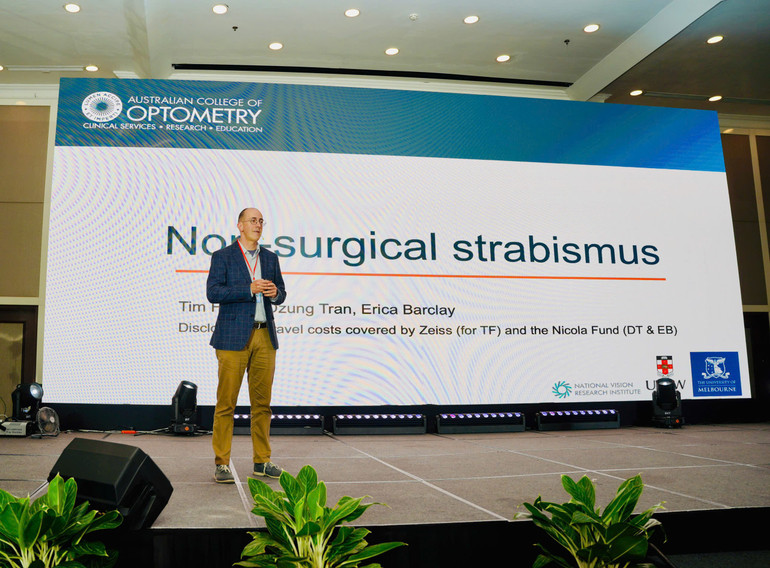
Faced with the above situation, the scientific seminar "Children's eye care from theory to practice" creates a valuable scientific forum, contributing to improving the quality of children's eye care in Vietnam.
This highly professional event brings together leading domestic and international experts, updates the latest advances in pediatric eye care and enhances the practical capacity of the medical team.
The workshop attracted the participation of more than 200 colleagues in the field of ophthalmology, including many leading experts.
The conference also featured in-depth, high-quality reports from two leading experts in the world: Professor Bruce D. Moore - Co-Chair of the Massachusetts Children's Vision Alliance (USA), Honorary Professor at Hanoi Medical University with a special topic on Pediatric Eye Examination; Dr. Timothy Robert Fricke - Director of Research and Education, National Institute of Vision Research, Australian College of Optometry, Honorary Professor at Hanoi Medical University with a presentation on diagnosis and treatment of strabismus in children.
At the workshop, delegates also analyzed effective treatments for strabismus without surgical intervention; evaluated the causes and treatment methods for nystagmus in children...
The workshop is also an opportunity for the medical team to update their professional knowledge and connect and learn from international experts, promoting the development of the domestic ophthalmology industry, while creating a premise for the application of advanced techniques into practice in our country.
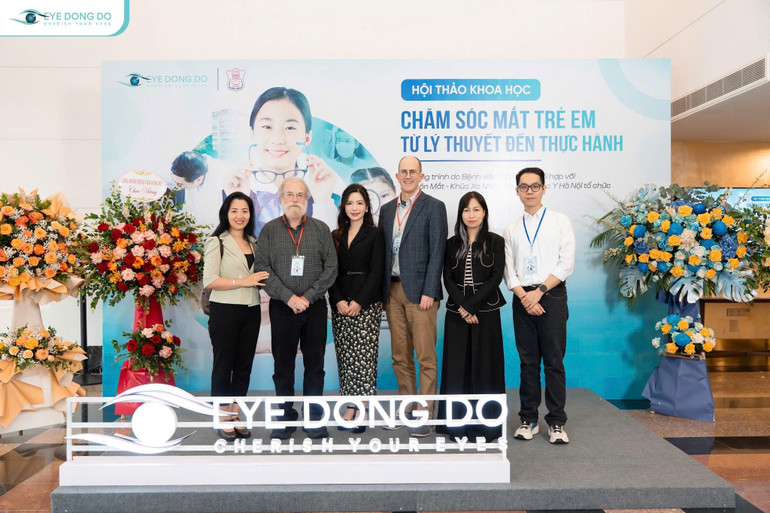
For parents, to protect children's eyes from refractive errors, medical experts recommend that children should have regular eye exams, limit the time spent using electronic devices, ensure appropriate lighting when studying, maintain a suitable reading distance, let children participate in outdoor activities, have a balanced diet rich in vitamin A and practice proper eye hygiene.
Source: https://nhandan.vn/xay-dung-he-sinh-thai-nhan-khoa-toan-dien-va-hien-dai-cham-soc-mat-cho-tre-em-post903807.html




![[Photo] Many people eagerly await the preliminary review despite heavy rain](https://vphoto.vietnam.vn/thumb/1200x675/vietnam/resource/IMAGE/2025/8/27/4dc782c65c1244b196890448bafa9b69)

![[Photo] Brilliant red of the exhibition 95 years of the Party Flag lighting the way before the opening](https://vphoto.vietnam.vn/thumb/1200x675/vietnam/resource/IMAGE/2025/8/27/e19d957d17f649648ca14ce6cc4d8dd4)
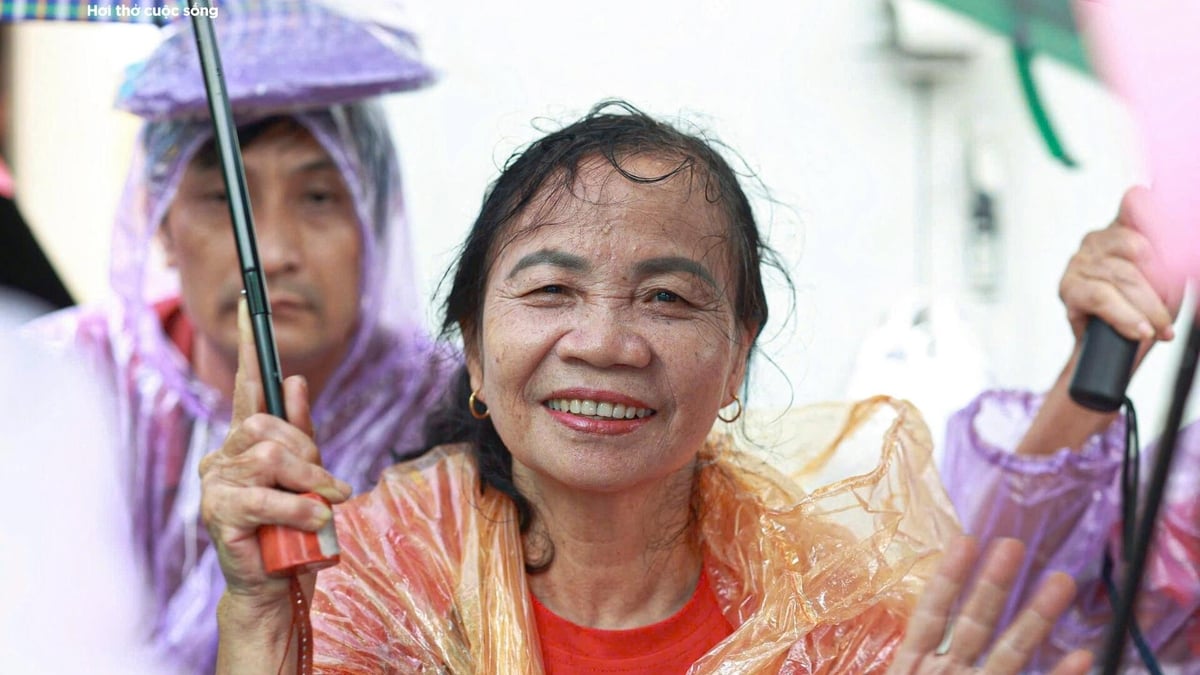

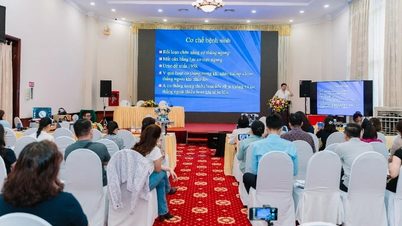


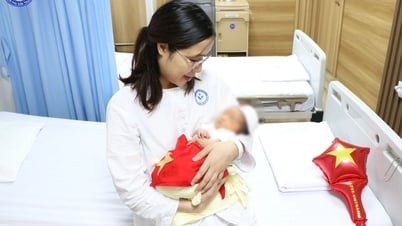

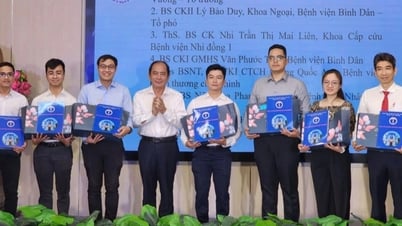







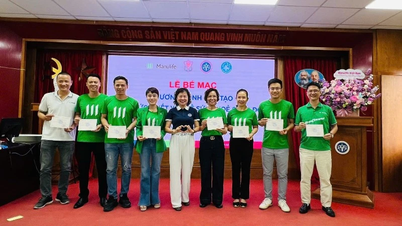

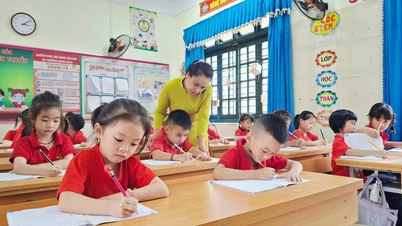

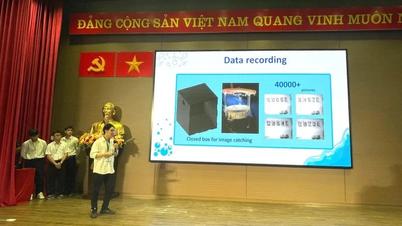








































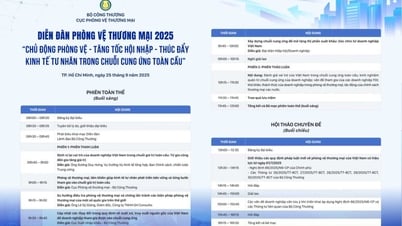



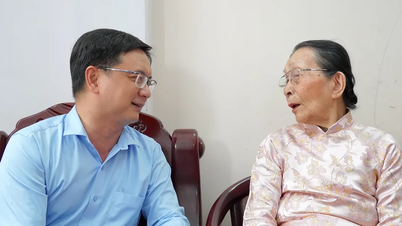






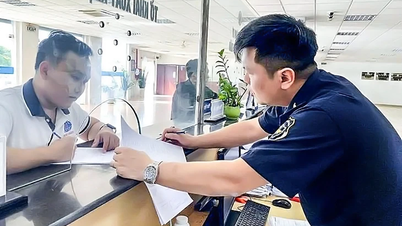














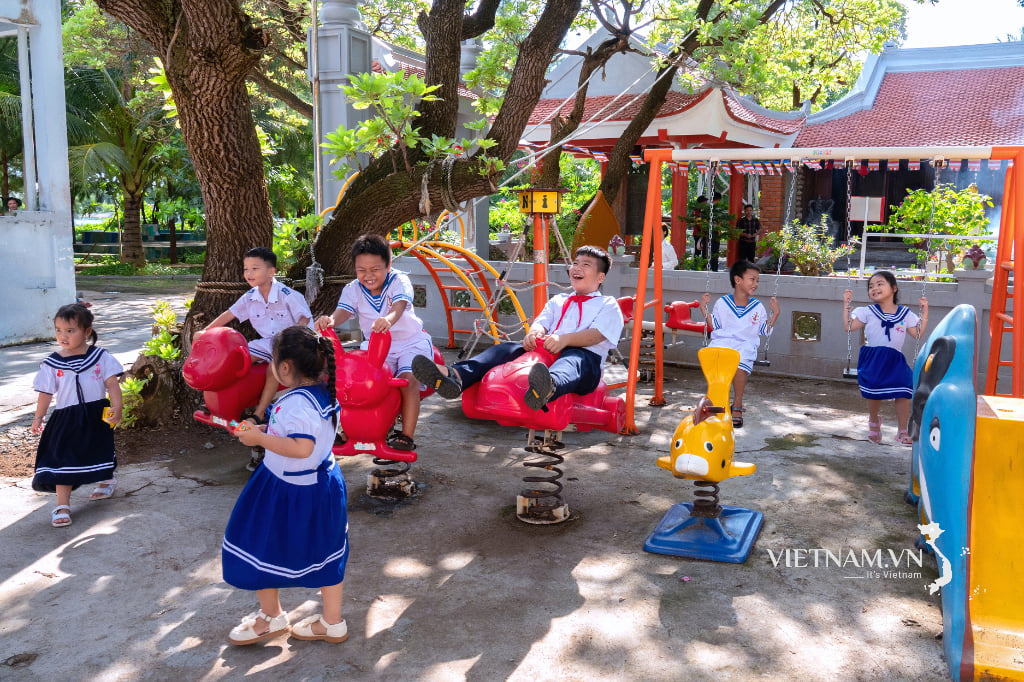



Comment (0)